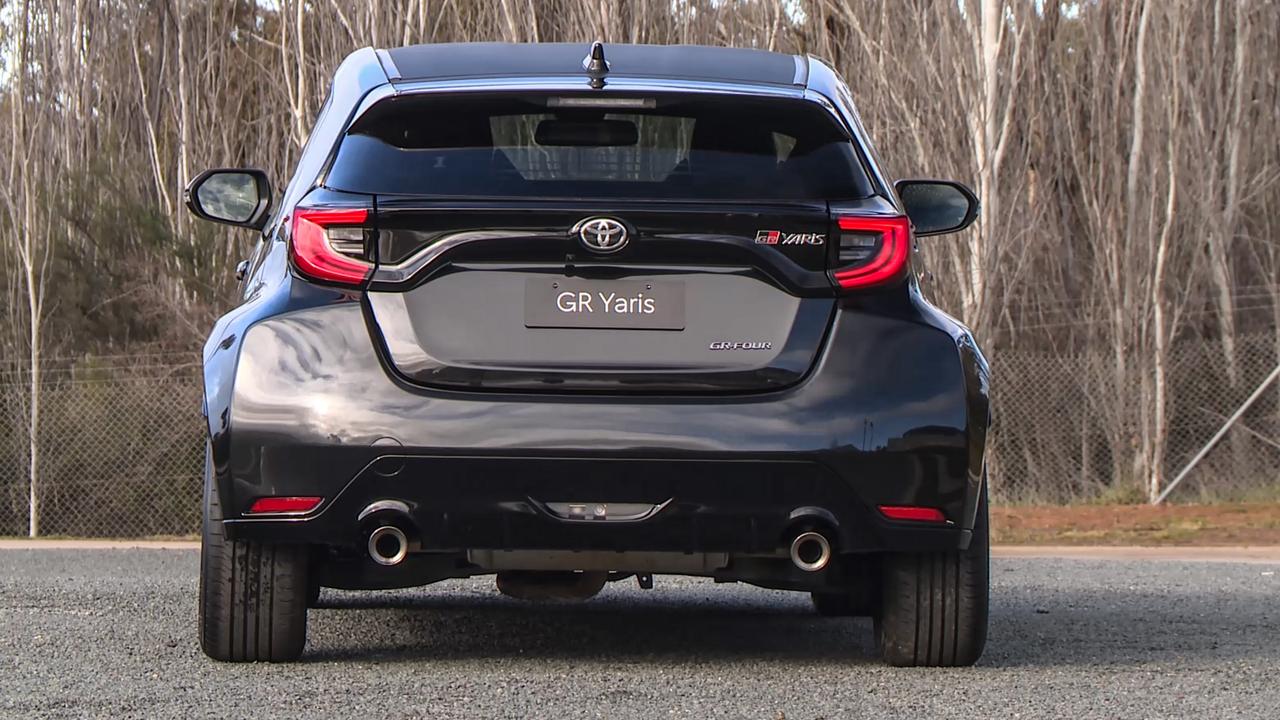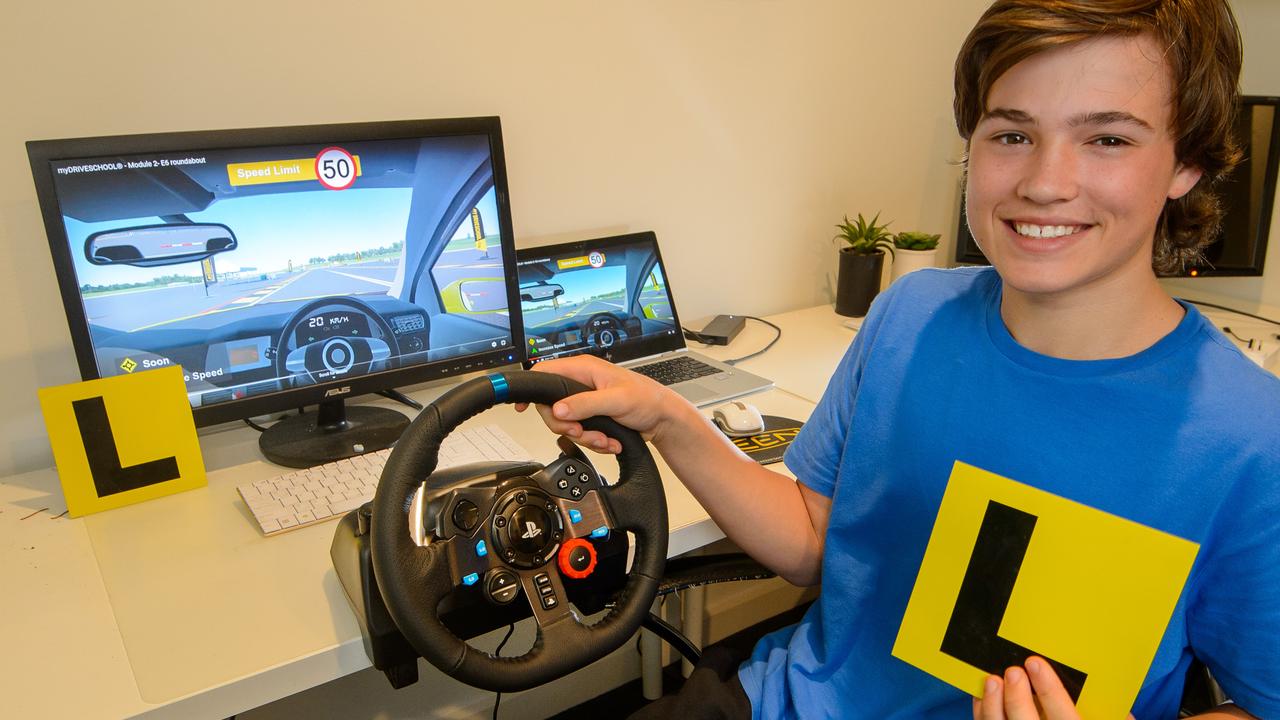Australia’s crash hot spots revealed
More accidents happen on these roads than any other, and one city in particular is an accident hot spot. See if your regular commute makes the list.

Australia’s crash hot spots have been revealed in a damning new report.
Research by insurer AAMI has detailed the worst roads for accidents in the country and the results are shocking for Melbourne.
The southern capital had nine of the ten worst roads. Plenty Road at Bundoora was the nation’s worst for the second year in a row. It was followed by Springvale Road — at both Glen Waverley and Springvale — as the second and third worst spots.
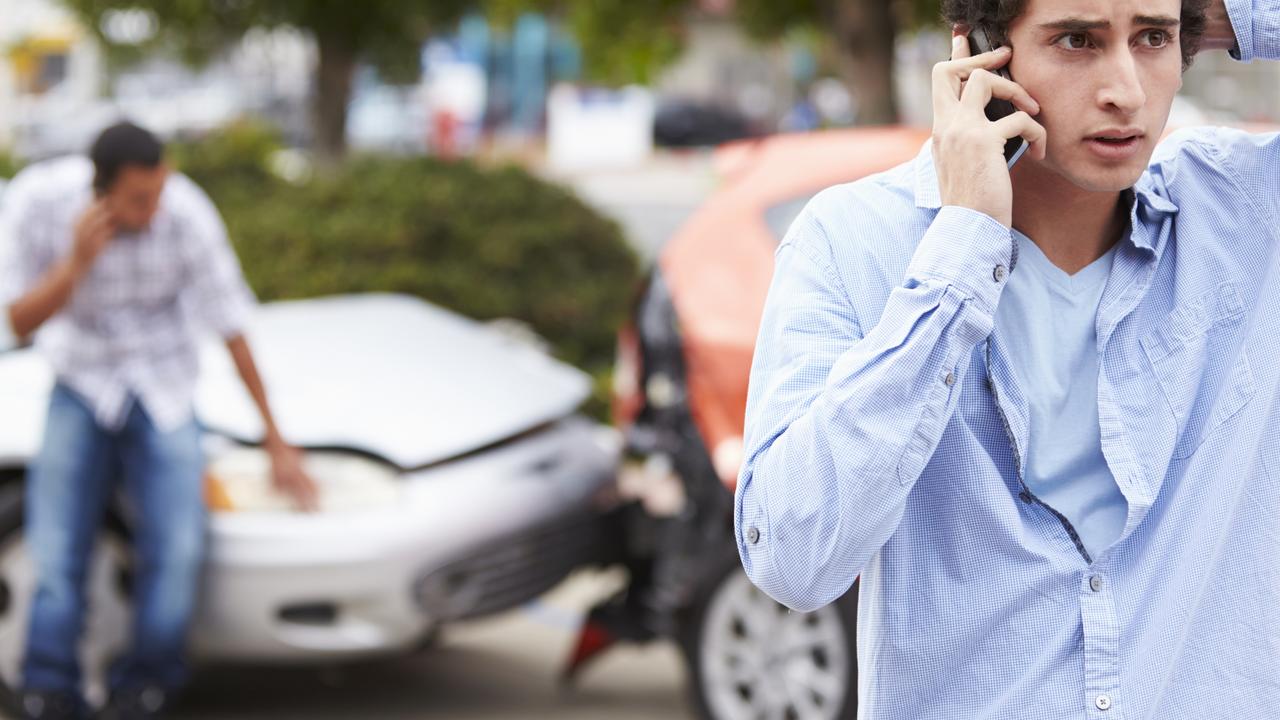
AAMI’s head of motor Anna Cartwright says that the problem with Bundoora Road is it is often clogged with traffic and drivers have to contend with multiple sets of traffic lights, various intersections with major roads and a tram line running down the middle.
Other Melbourne hot spots were the Maroondah Highway at Ringwood, Doncaster Road at Doncaster and Stud Road at Rowville.
The only non-Victorian road to make the top 10 list was The Hume Highway at Liverpool in Sydney, which ranked fourth.
Other problem roads in Sydney were Victoria Road at West Ryde, Pennant Hills Road at Pennant Hills and the Pacific Highway at Chatswood.
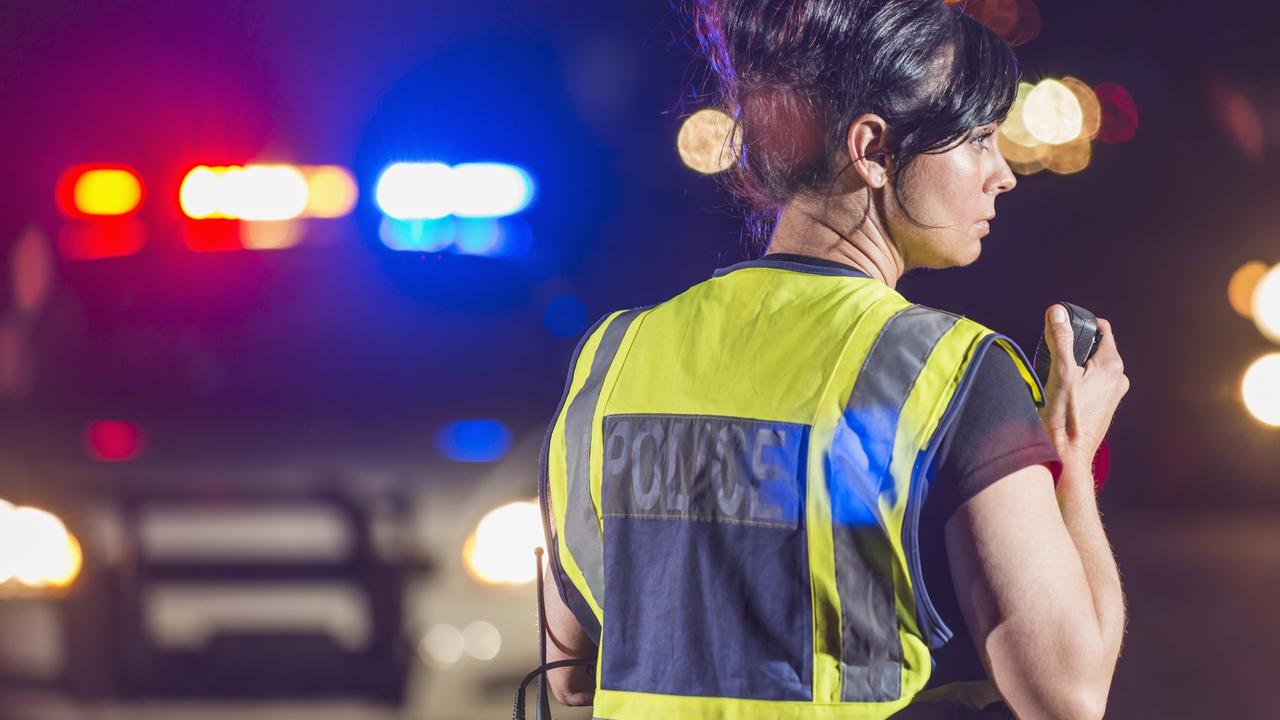
Gympie Road at Chermside was the worst spot in Brisbane, while Albany Highway at Cannington took out top spot in Perth.
North Terrace was Adelaide’s crash magnet and Sandy Bay Road was the worst in Tasmania. Canberra’s most crash happy location road was the Monaro Highway at Hume.
The data was calculated from more than 340,000 accident claims from July 2018 to June this year.
There were some common themes with each city’s major crash locations according to Cartwright.
“These hot spots are generally busy major arterial roads that intersect with local streets. When you combine this with heavy traffic and frequent stopping, it is a perfect recipe for vehicle collisions,” says Cartwright.
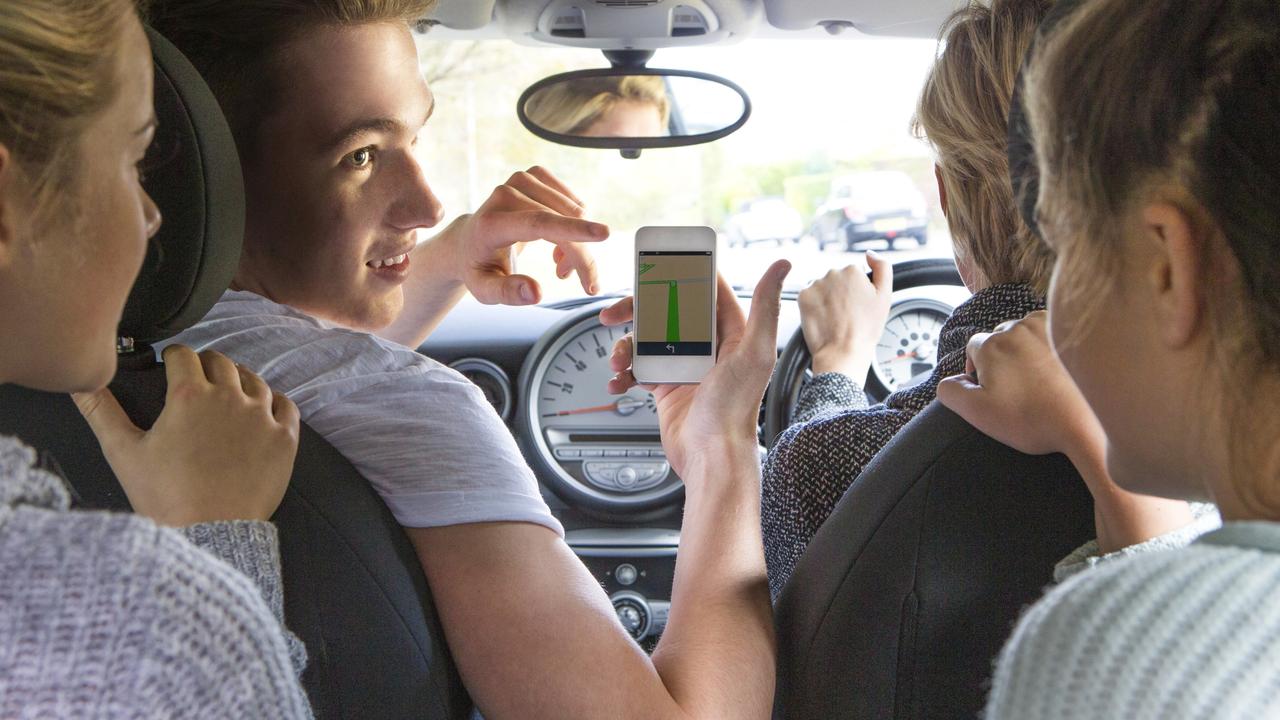
Phil Slade, a behaviour expert, found some commonalities with driver behaviour that led to crashes.
“We are more likely to have accidents when we’re less than 10 kilometres from home or on a familiar route because we tend to slip into autopilot,” says Slade.
“When we’re driving somewhere we haven’t been before, somewhere novel, we’re more careful and concentrate more.”
Distractions are also more common at lower speeds.
Bernard Carlon the executive director for the Centre of Road Safety has previously told News Corp Australia: “At 60km/h, if you look at your phone for just two seconds, you travel 33 metres, virtually blind. A short lapse in concentration can have serious consequences.”
“No phone call, email, message or social media post is worth risking your life or someone else’s. Reduce the temptation by putting the phone out of reach — it’s just not worth it.”
Australia’s crash hot spots
Melbourne — Plenty Road, Bundoora
Sydney — Hume Highway, Liverpool
Brisbane — Gympie Road, Chermside
Perth — Albany Highway, Cannington
Canberra — Monaro Highway, Hume
Adelaide — North Terrace, Adelaide
Hobart — Sandy Bay Road, Sandy Bay
Source: AAMI Insurance

